Chicano Exam 2
1/35
There's no tags or description
Looks like no tags are added yet.
Name | Mastery | Learn | Test | Matching | Spaced |
|---|
No study sessions yet.
36 Terms
Iconology
The study of visual imagery and its symbolism and interpretation, especially in social or political terms.
Zoot Suit
An exaggerated tux worn by Chicanos in the 1940s to celebrate their style and masculinity, coined by the Mexican Pachucos.
Teatro Campesino
Developed as a cultural arm of the farmworkers strike in 1965; aimed to convey information about the farmworkers’ movement to workers in the fields and roads of America and Europe.
Pachuco/Pachuca
Chicano youth influenced by African American culture, hot jazz, and urban styles; includes women who contributed to youth culture, the female zoot suiter.
Caló
Slang of Mexicans, Mexican-Americans, and pachucos, traceable back to the gypsies of Spain.
Corporeal tagging
A collective group performance that disrupts the spatial ocular order of the landscape with queer radicalized subjects.
Maricón
Derogatory slang term from the 19th century meaning the f slur; repurposed for queer pride in 1970s LA.
Santo
An image of a saint or holy personage, classified into bultos (figures in the round) and retablos (panels made of wood/plastic).
Retablo
Boxlike containers used to highlight special icons, decorating churches, chapels, and home altars; features carved patterns and designs
Production of space
The interplay of perceived, conceived, and lived spaces produced through social, economic, and political processes.
Enacted environment
The concept that East L.A. is created not built; the population is in constant movement which creates a flow of activites.
Redlining
Color coding on maps tied to questions on race, restricting communities from federal loans and home buying.
Asco
An art group by Harry Gamboa, Willie Heron, Gronk, & Patssi Valdez known for its countervailing aesthetic to the Chicano Art movement, viewing L.A. streets as a public gallery, automatic audience, and a site of “free” expression.
No movies
A set of photographs implying a movie scene that doesn’t exist; satirical and political visual art.
Instant Murals
Political yet playful art pieces enacted by the body.
Scopic Regime
Relations of power; the dominant way of seeing a historical moment; in the 19th century, photography became the dominant scopic regime.
Yolanda Lopez, Guadalupe Series, 1978
A work validating women, featuring a critique of heteronormative ideals through the Virgin's image. Thinking of the Virgin as a powerful woman.
Asco. Instant Mural, 1974
A political commentary artwork depicting people with their backs against a wall, symbolizing societal constraints. Playful because she can walk freely whenever she wants. Double politics.
Judy Baca, Great Wall of Los Angeles, 1976-80
A mural depicting the division of neighborhoods that took over a decade to create along a dry river bank in Los Angeles. Comments on freeway and gang divides, the creation of Dodger stadium, and the history of Chavez Ravine.
John Valadez, Mother and Child (1987), Broadway vendor (1987), Luisa (1986)
Muralist and pastel artist known for realism and celebrating the everyday lives of women in his artworks. The woman vender is strong.
Frank Romero, Arrest of the Paleteros, 1996
Chicano art pioneer celebrating the lives and struggles of brown people through his vibrant artwork of Echo Park, apart of Los Four.
Amalia Mesa-Bains, Venus Envy Chapter III: Cihuatlampa, 1997
Art installation representing chapters focusing on women.
Alma Lopez, Our Lady, 1999
A provocative representation of the Virgin of Guadalupe, stirring cultural and queer desires that are sexual and political. It challenges traditional representations and invites dialogue on identity and sexuality.
Teddy Sandoval with Joey Terrill, Maricón Series,1976
The Maricón Series is a collaboration that explores themes of sexuality, identity, and cultural frame shift through self-portraiture and provocative imagery which invites voyeurism and self-objectifying.
Luis Valdez, Scene from Zoot Suit, 1978
A groundbreaking play that addresses racial discrimination and identity within the context of the 1940s Zoot Suit riots in Los Angeles, using humor and drama to depict the struggles of the Chicano community.
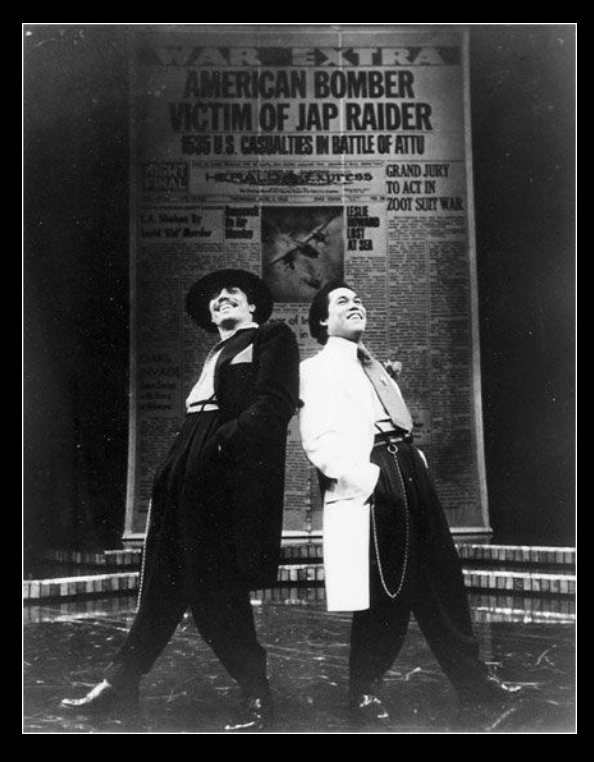
Luis Valdez, Scene from Zoot Suit, 1978
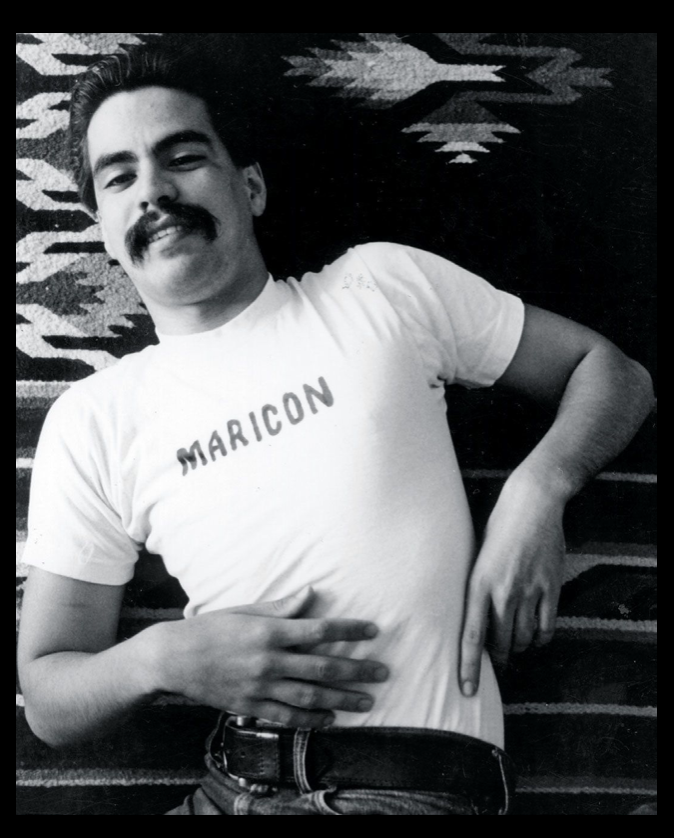
Teddy Sandoval with Joey Terrill, Maricón Series,1976
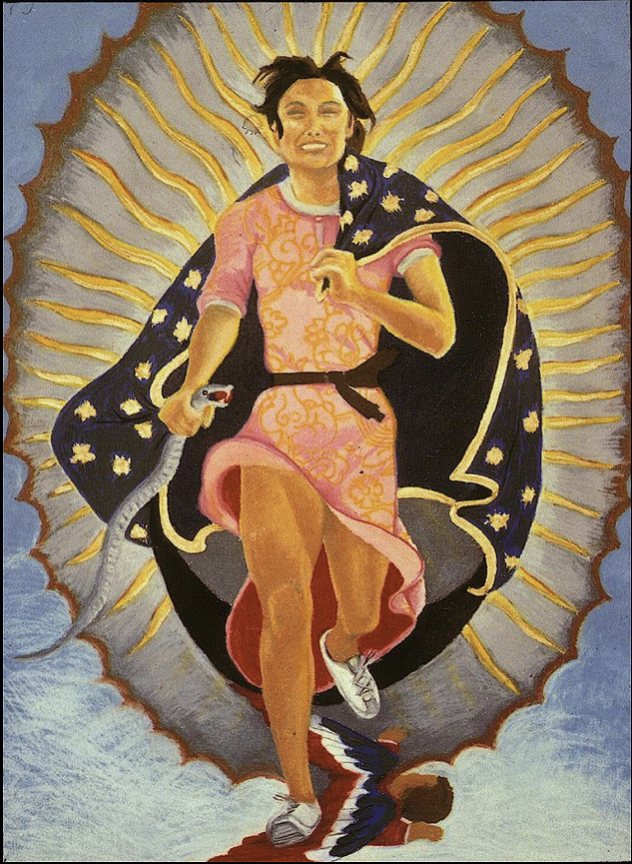
Yolanda Lopez, Guadalupe Series, 1978

Asco. Instant Mural. 1974
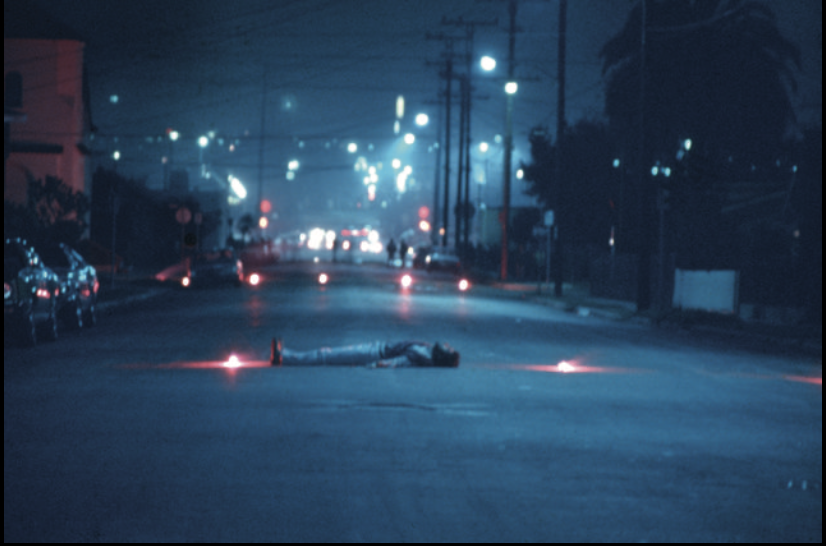
Asco. Decoy Gang War Victim, 1974
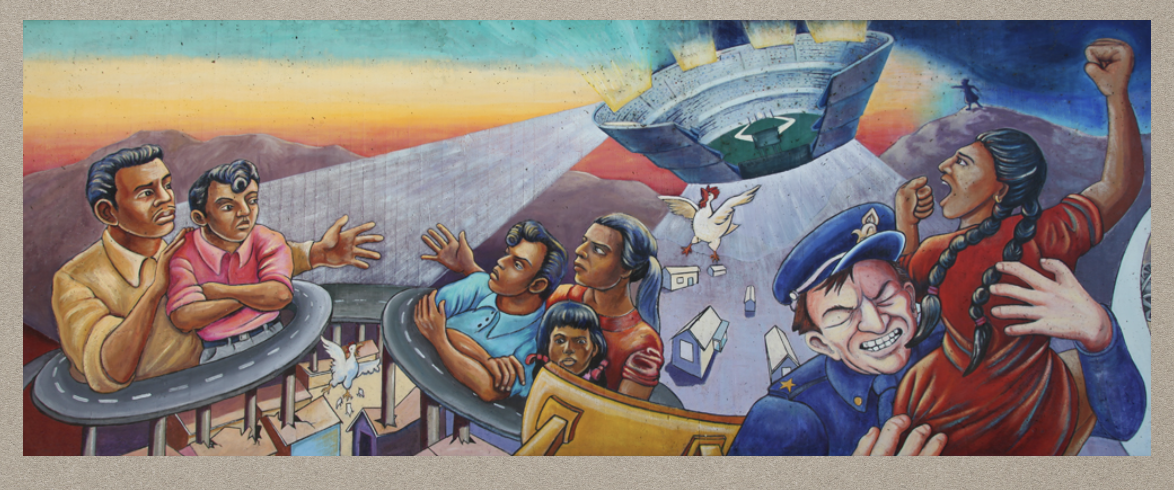
Judy Baca, Great Wall of Los Angeles. Division of the Barrios and Chavez Ravine. 1976-80
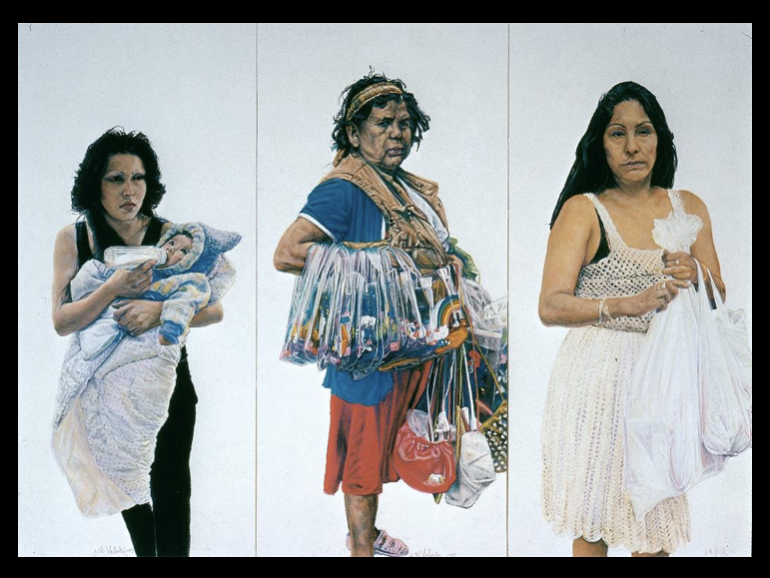
John Valadez, Mother and Child (1987), Broadway vendor (1987), Luisa (1986)
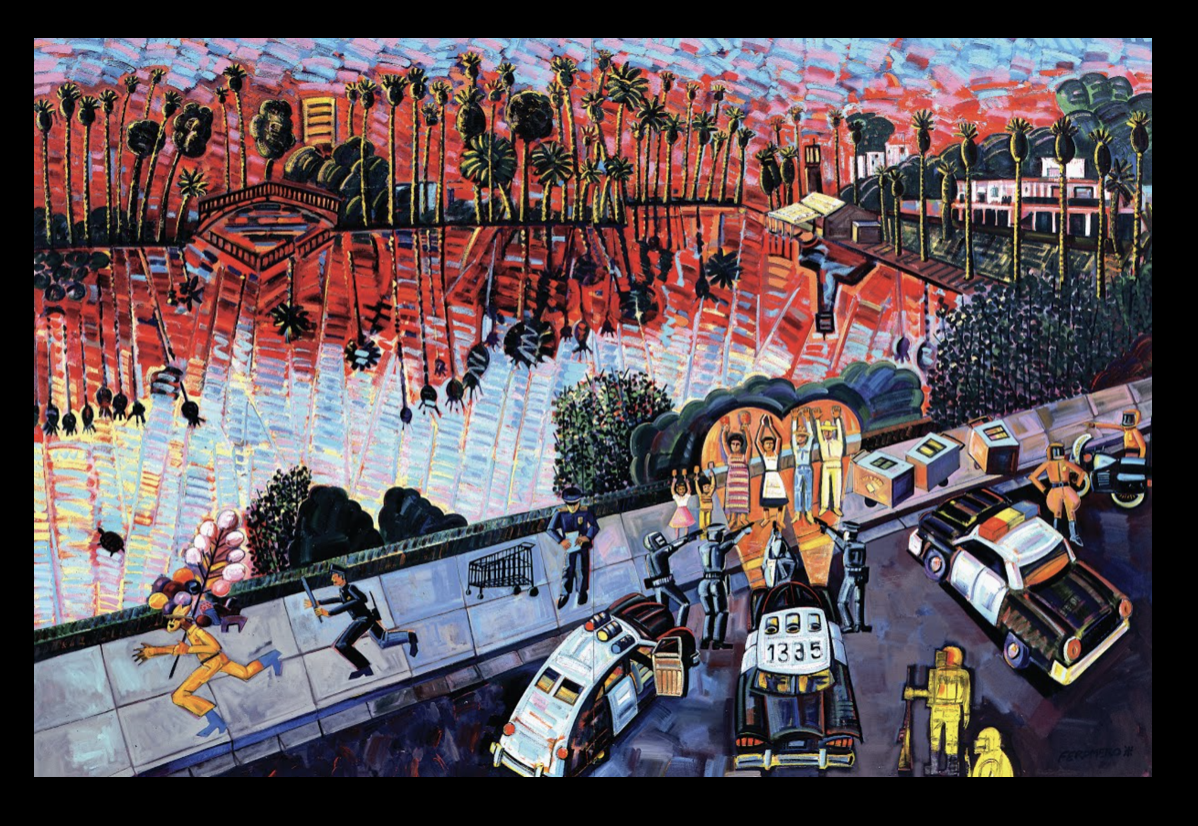
Frank Romero, Arrest of the Paleteros, 1996
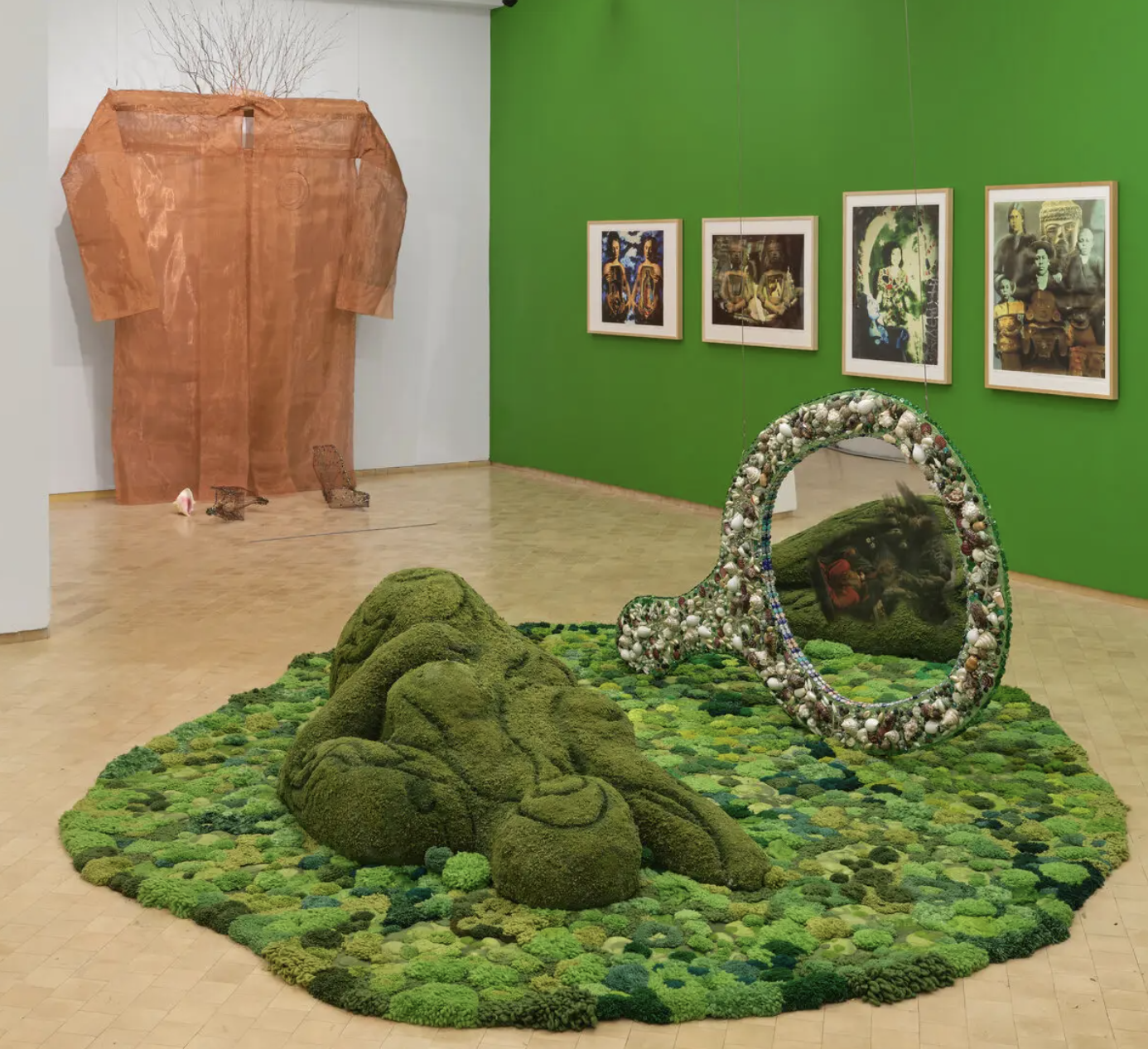
Amalia Mesa-Bains, Venus Envy Chapter III: Cihuatlampa, the Place of the Giant Women, 1997.
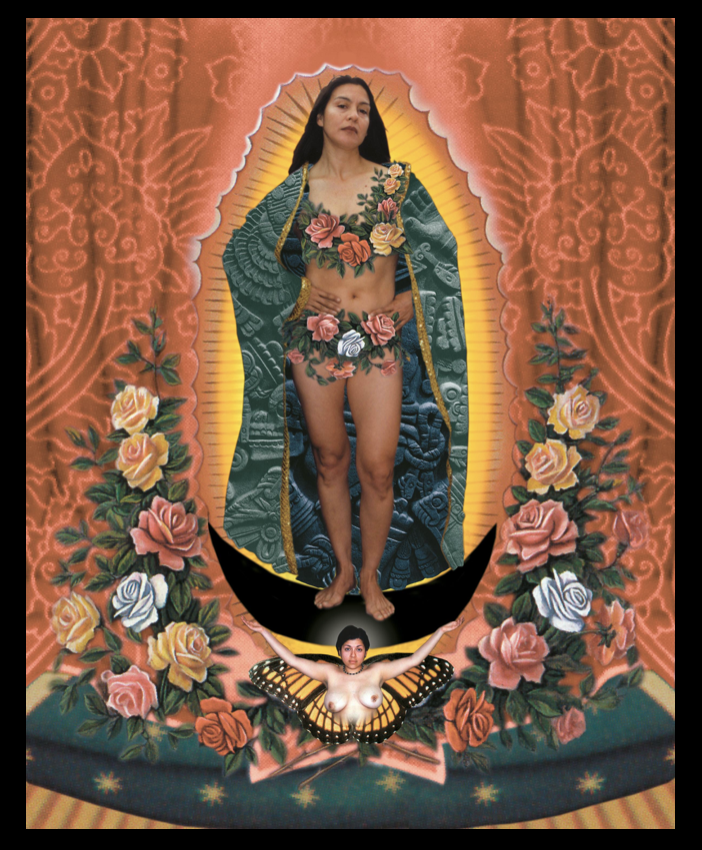
Alma Lopez, Our Lady, 1999
Asco. Decoy Gang War Victim, 1974
A performance piece by the Chicano artist collective Asco that critiques gang violence and the media's portrayal of it, using a radical approach. Sent the image to local news stations who reported on it and not the artists other work.